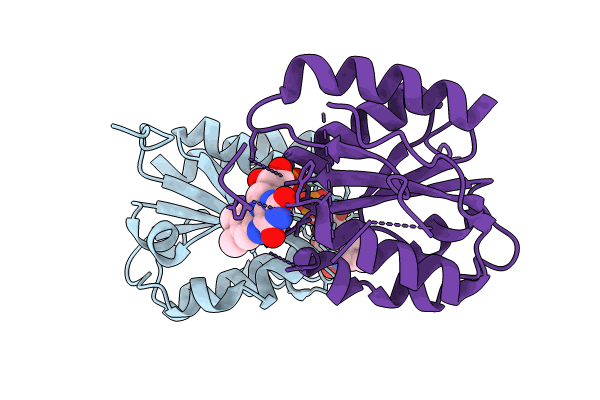
Deposition Date
2023-11-24
Release Date
2024-03-13
Last Version Date
2024-04-03
Entry Detail
PDB ID:
8V2Y
Keywords:
Title:
Room temperature X-ray Crystal Structure of FMN-bound long-chain flavodoxin from Rhodopseudomonas palustris
Biological Source:
Source Organism:
Rhodopseudomonas palustris (Taxon ID: 1076)
Host Organism:
Method Details:
Experimental Method:
Resolution:
2.86 Å
R-Value Free:
0.27
R-Value Work:
0.21
R-Value Observed:
0.22
Space Group:
P 1 21 1


